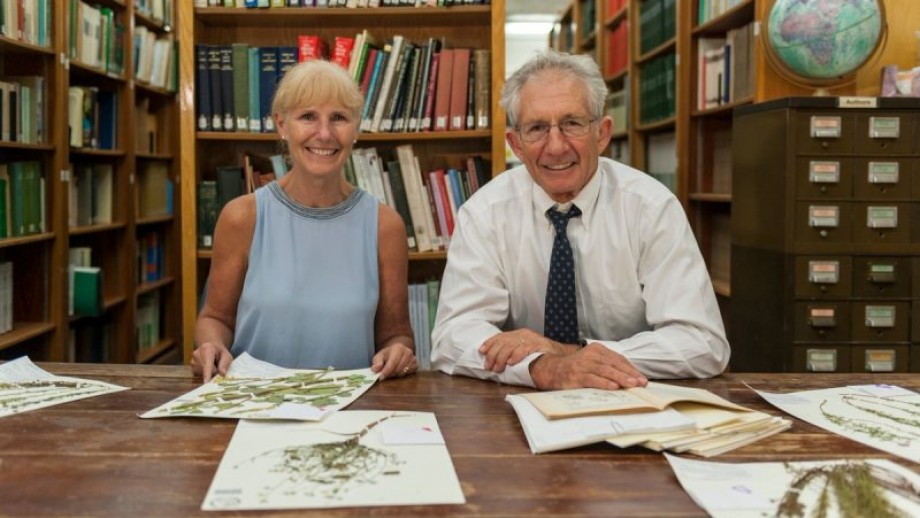Building, Using and Exploring the Plant Tree of Life
With half a million species and representing a billion years of evolution, a better understanding of the green plant tree of life is crucial for the survival of humankind.
Speakers
Event series
Content navigation
Description

Abstract- With half a million species and representing a billion years of evolution, a better understanding of the green plant tree of life is crucial for the survival of humankind. Yet only recently have large phylogenetic trees of relationships been constructed for the green clade of life.
We focus on our efforts to reconstruct the backbone of green plant phylogeny with a focus on flowering plants. Our recent work has revealed evidence for deep incongruence in many portions of the angiosperm tree, providing evidence for ancient reticulation.
Using these big trees, studies of several major clades have revealed major bursts of diversification accompanied worldwide cooling and aridification in the Miocene. This work has implications for the response of many flowering plants to rapid climate change.
Lastly, we can use large trees of relationships to examine how species diversity is structured geographically over large portions of the earth, which has important conservation implications.
Location
In person: Eucalyptus Seminar Room, 2nd floor, RN Robertson Building, Australian National University, Canberra




